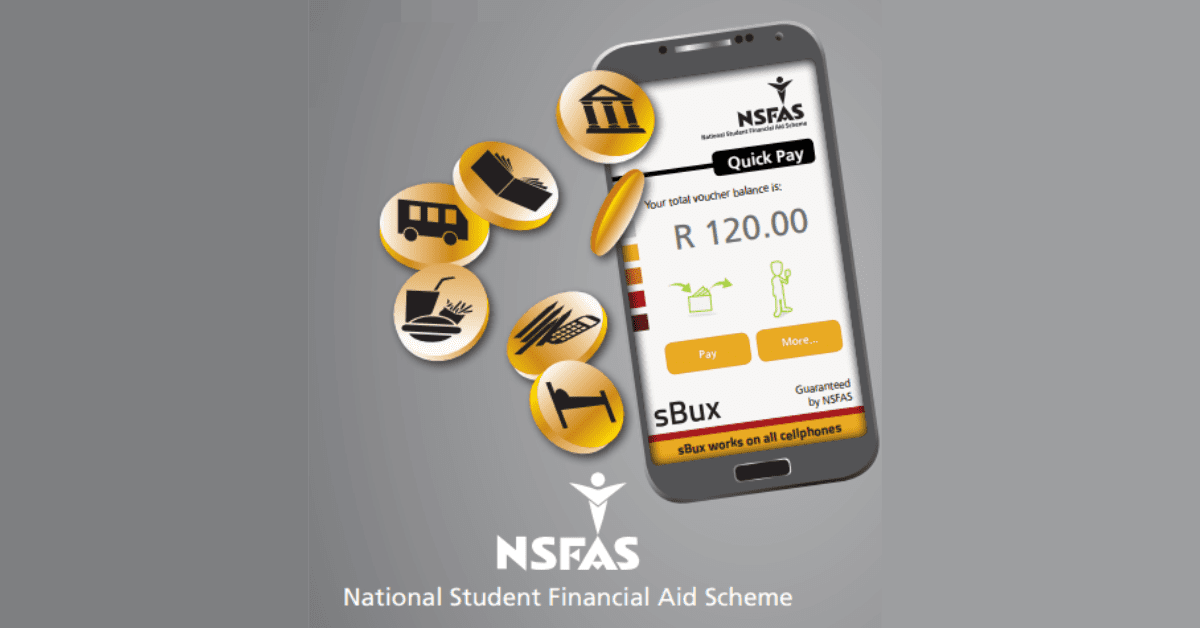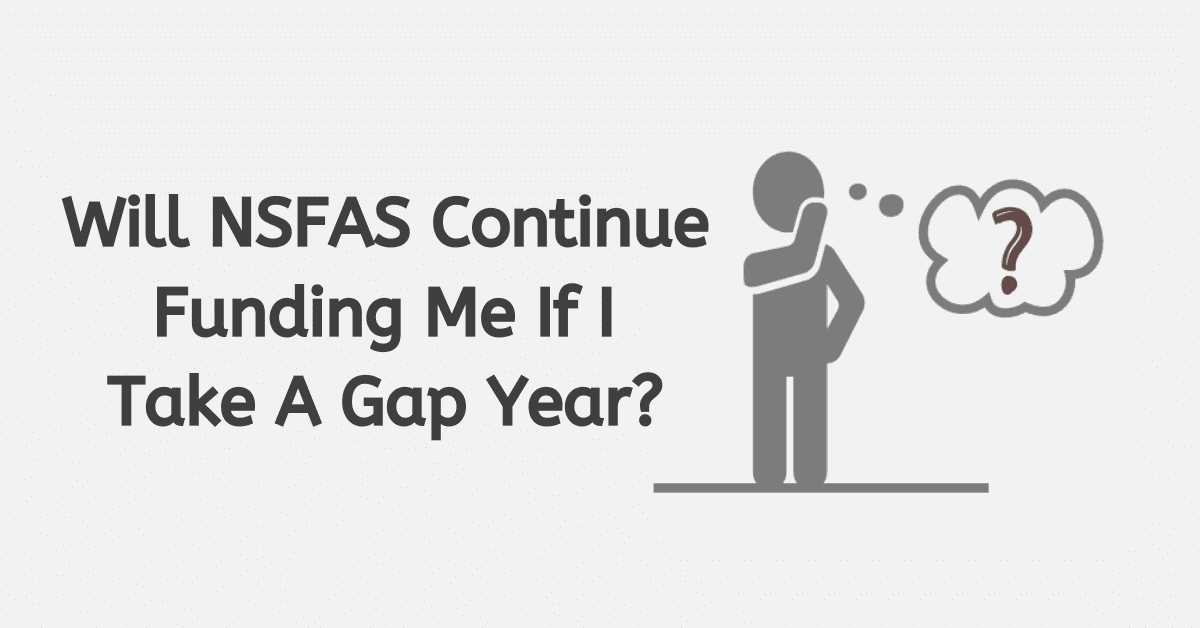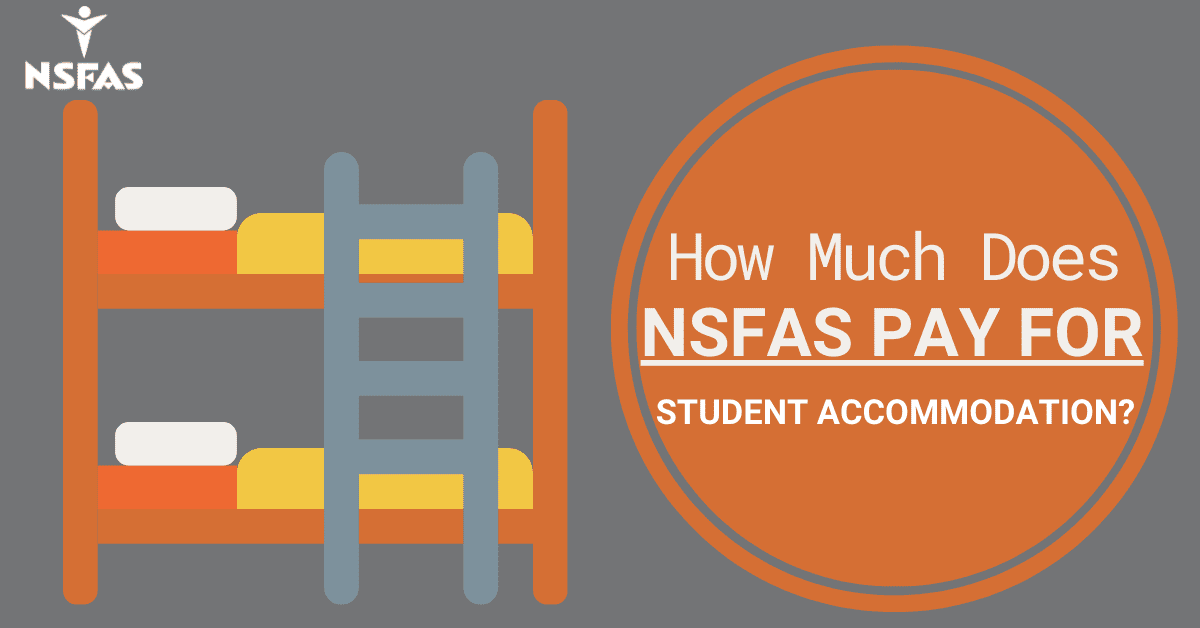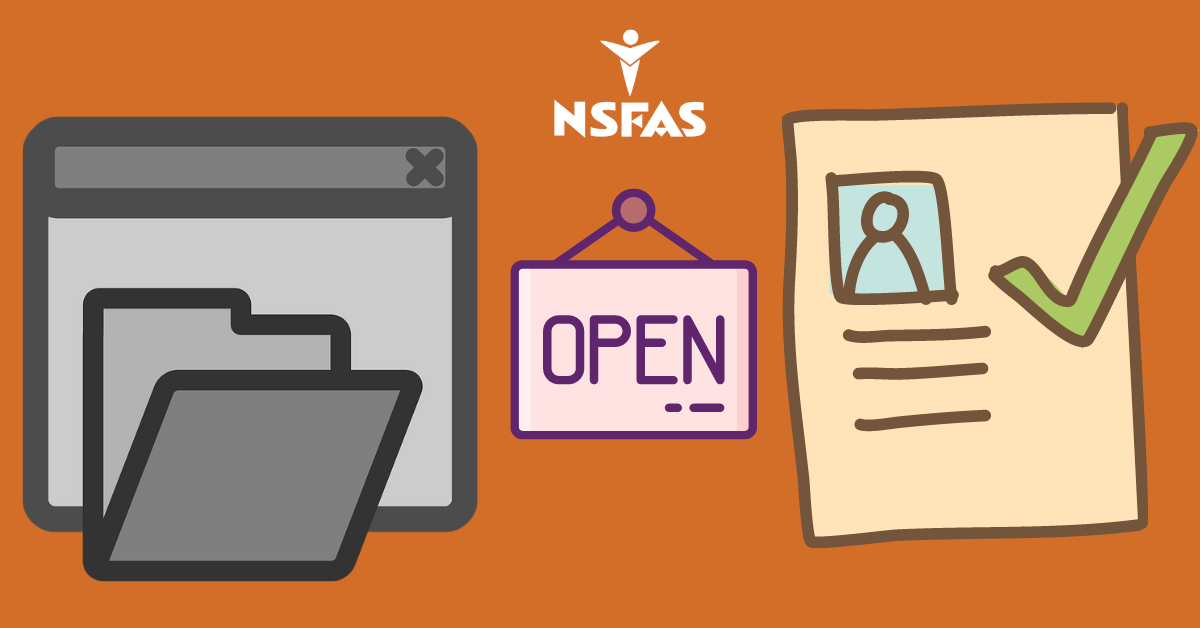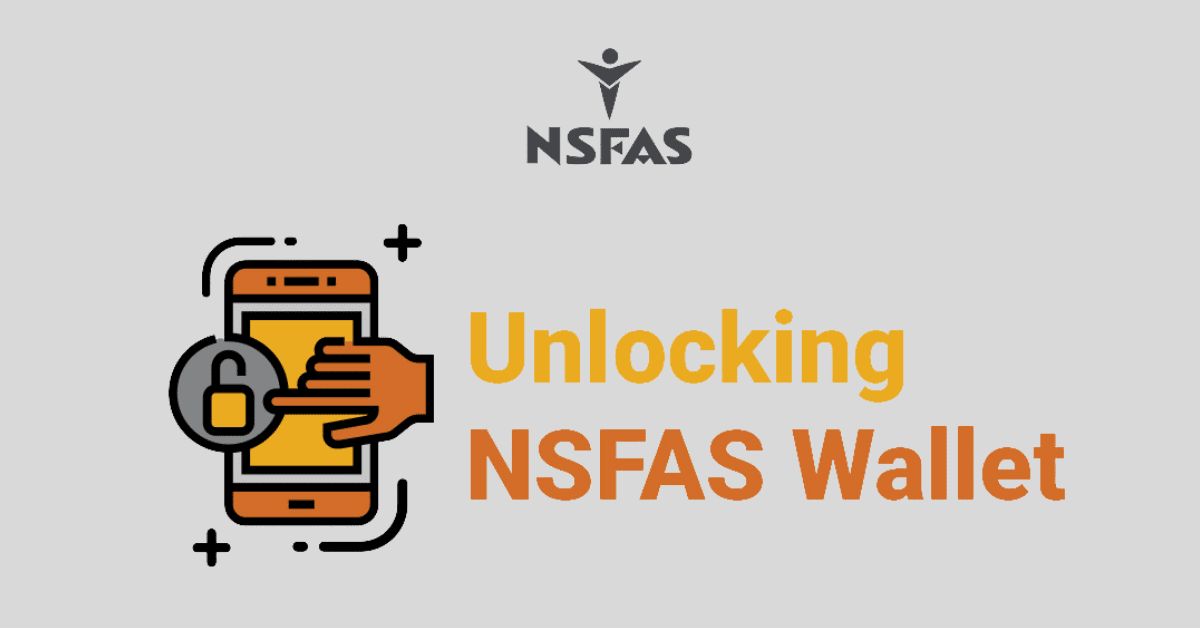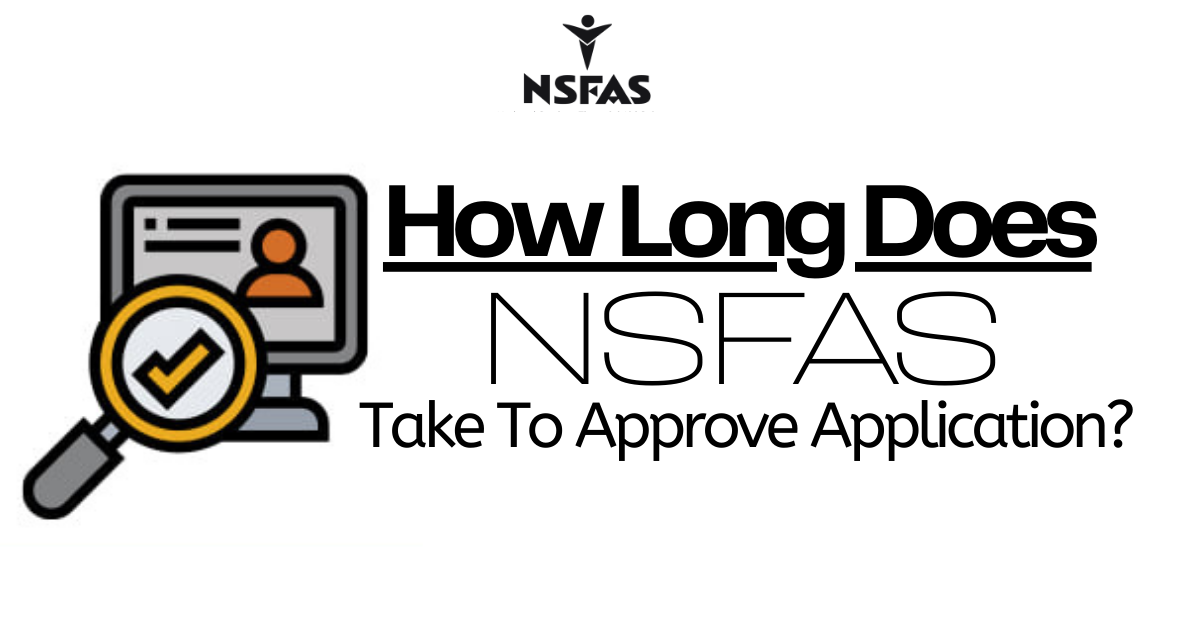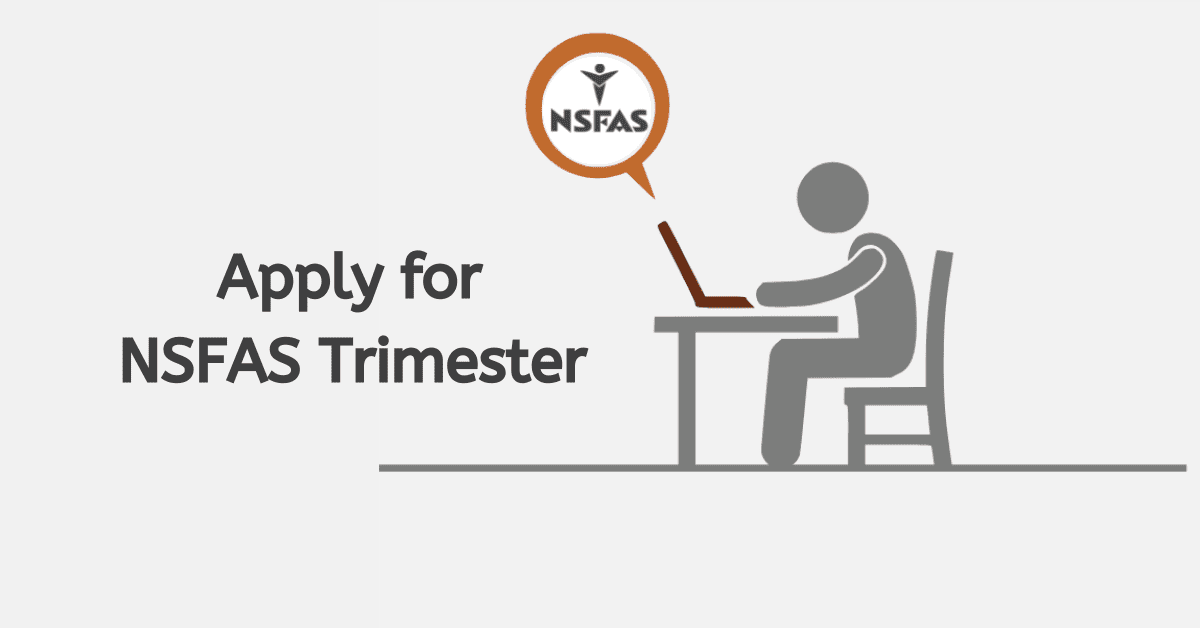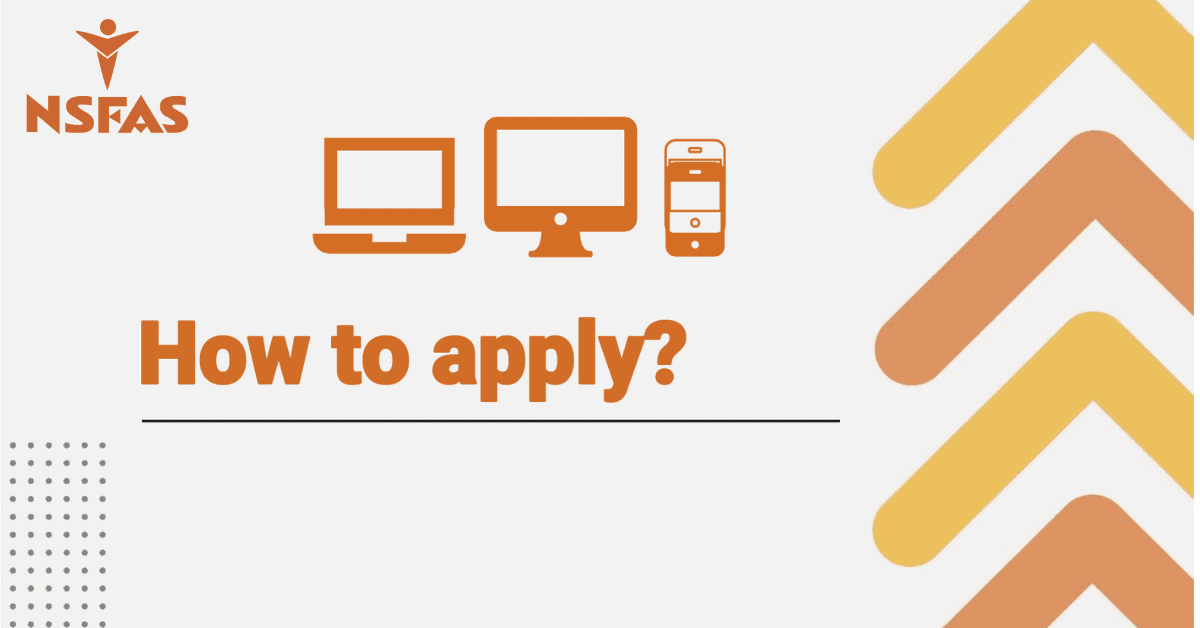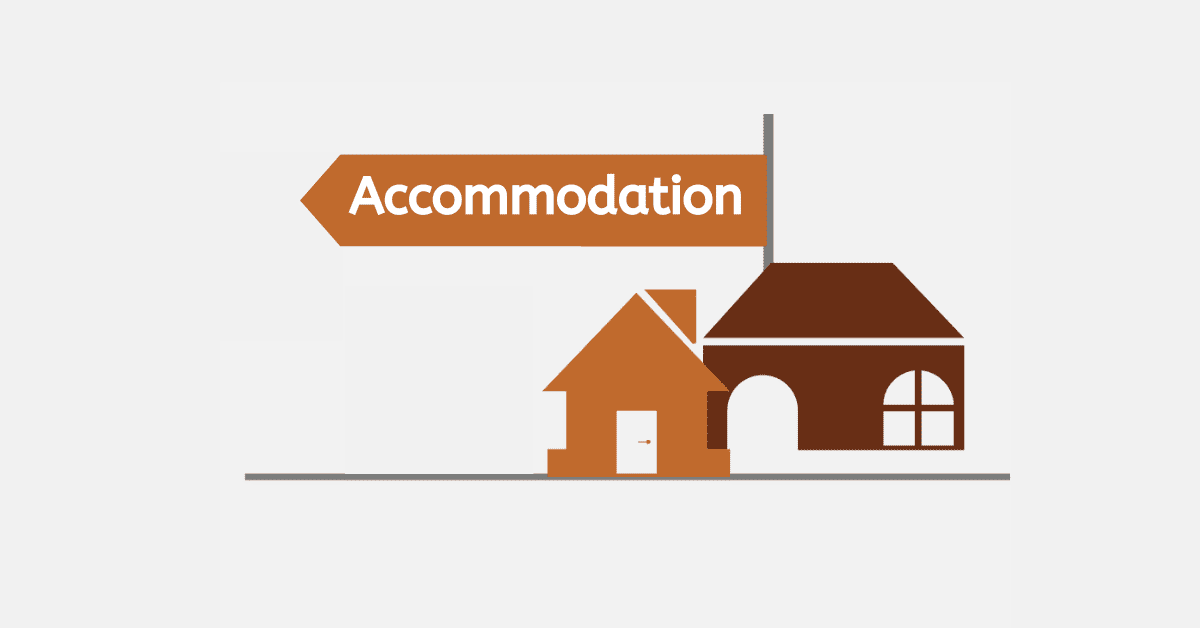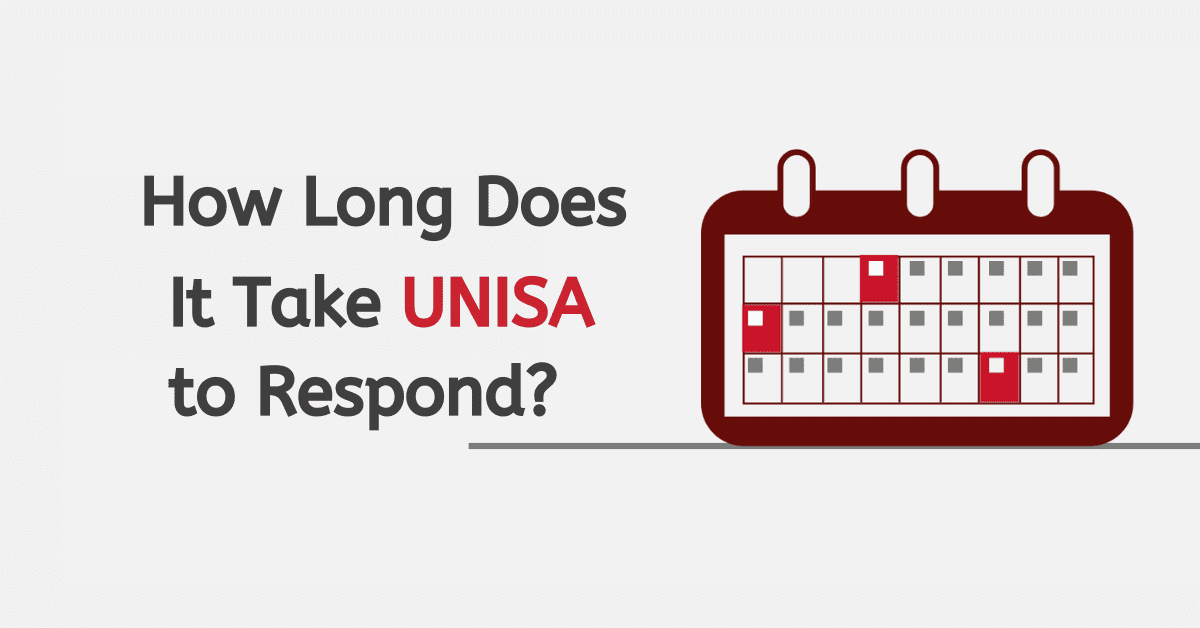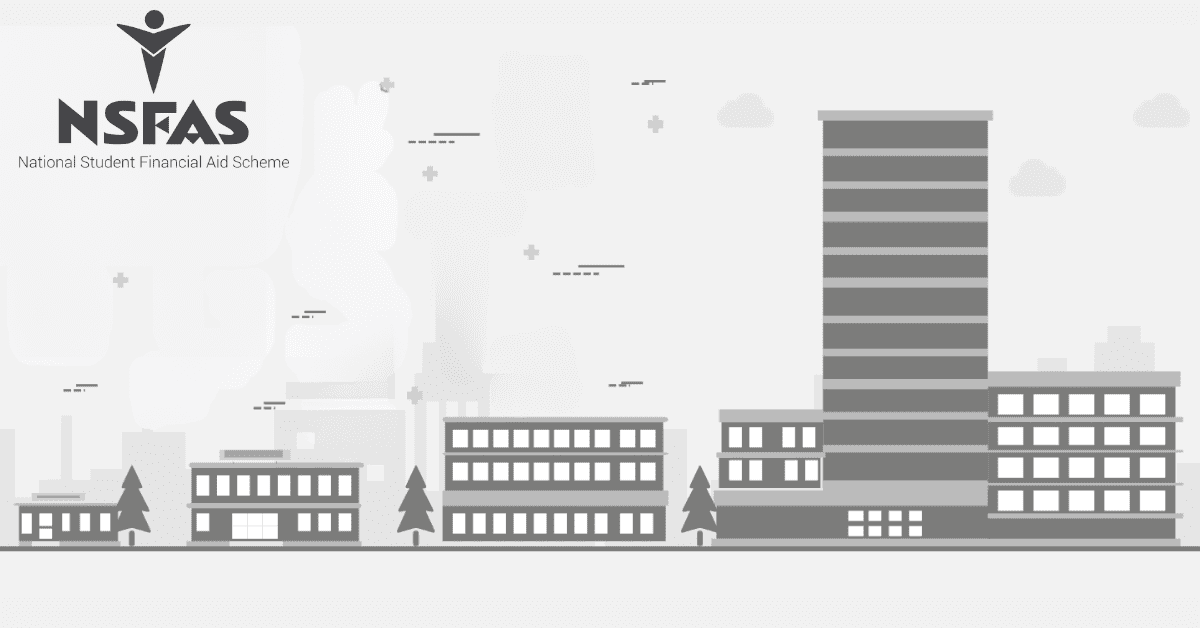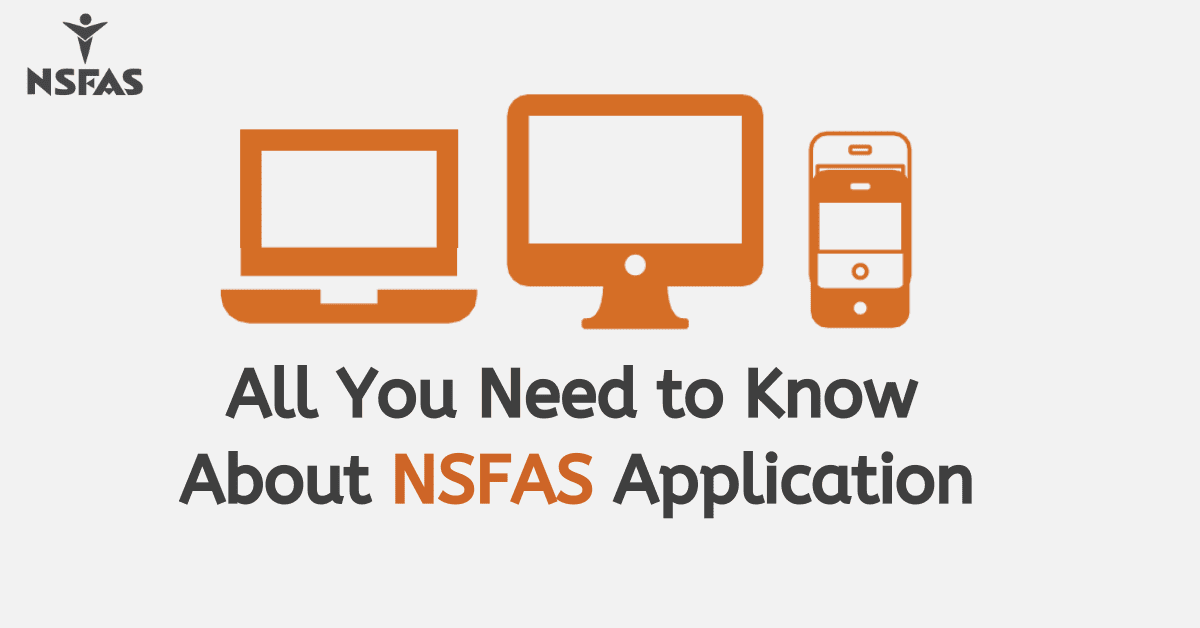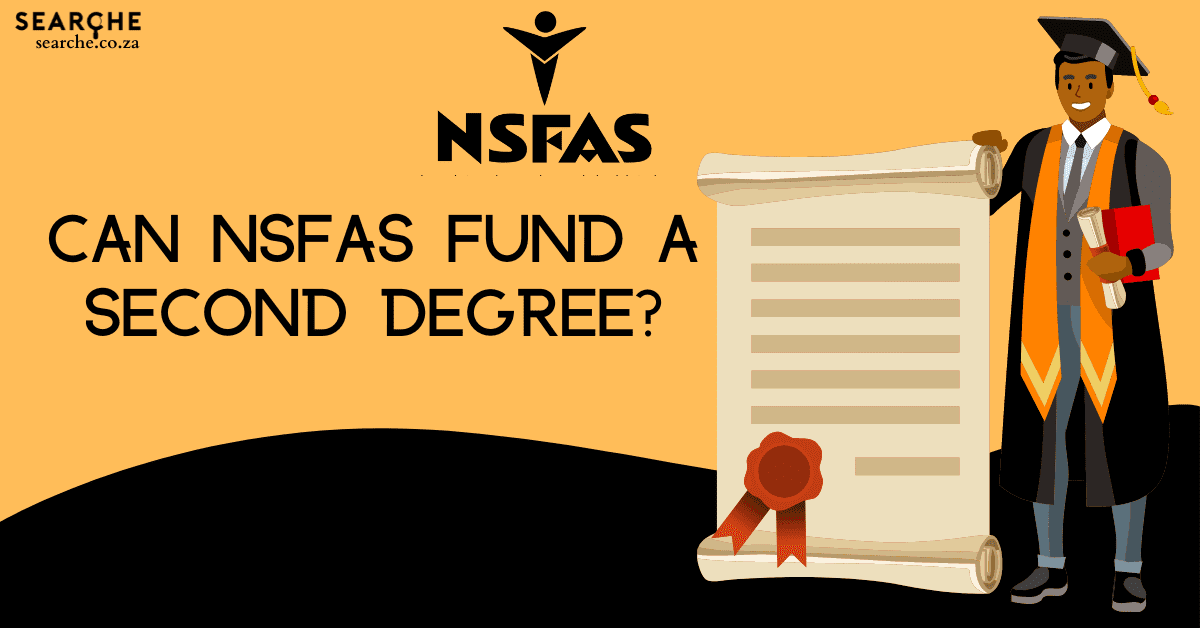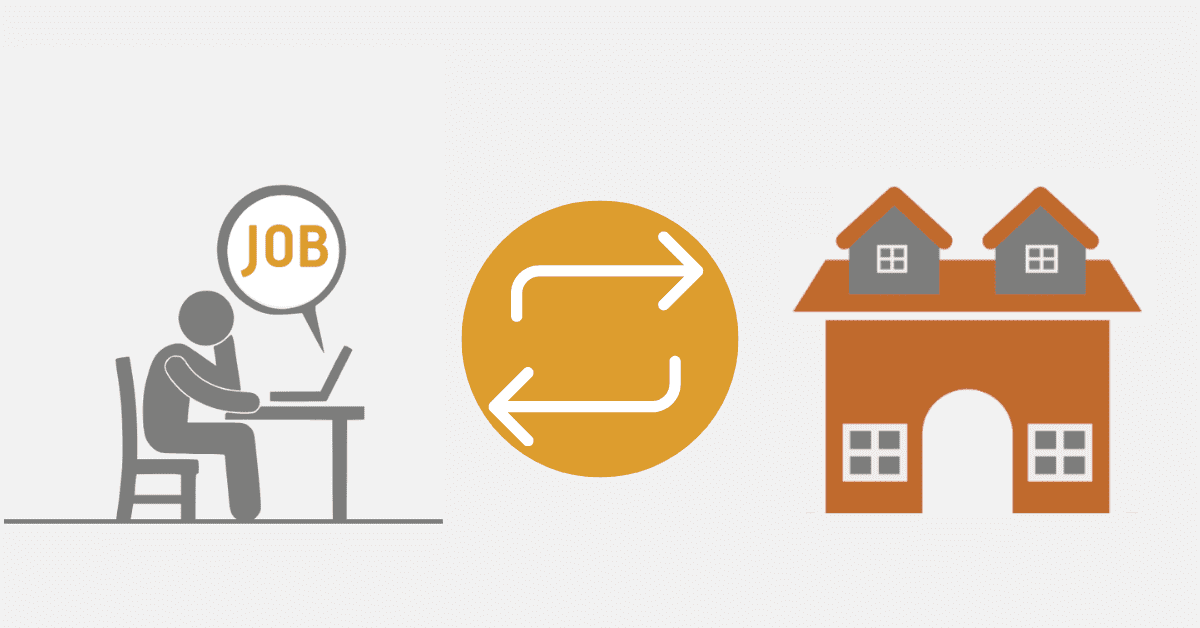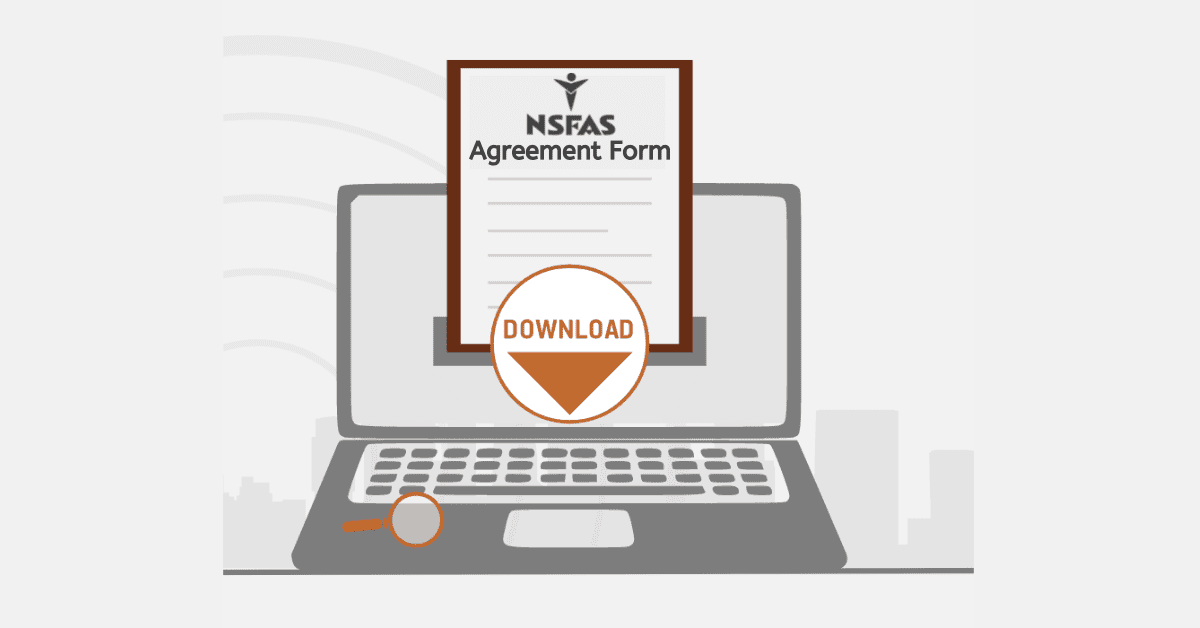As part of your NSFAS application process, you may be asked to provide a Vulnerable Child or Non-SASSA Declaration Form. Many applicants find these a very intimidating form to create, and the titles can be confusing if you are not used to bureaucratic systems. Luckily, you have us to help! Today we have rounded up everything you need to know about these types of forms and how to ensure they are filled in correctly so your application process is as smooth as possible.
What Is a Vulnerable Child, Or Non-SASSA Declaration Form?
While the title of both forms is rather odd to look at, a Vulnerable Child or Non-SASSA Declaration Form is simply a document used to identify and verify the vulnerable status of a student, or someone who is not receiving any form of social grant through the South African Social Security Agency, better known as SASSA. You will typically be asked to provide a Vulnerable Child or Non-SASSA Declaration Form when you are applying for specific financial aid programs, including NSFAS for tertiary education.
The forms are intended to help interested parties gather information about the applicant’s circumstances. Sadly, the level of financial need in South Africa is so great that potential NSFAS students will often try to hide or obscure the real facts about their parents and other funding they receive in order to access financial assistance. Plus, of course, there are always scammers trying to exploit government programs for their own gain, which takes funding away from the truly needy. These declaration forms help to assess the financial need and vulnerability of the student, and help ensure that they receive appropriate assistance and support as much as possible without abusing the program. They are also used where the applicant provides details that do not match with SASSA’s records.
While providing a Vulnerable Child or Non-SASSA Declaration Form is a common part of applying for such financial assistance, the exact format and details needed can vary depending on the organization which has requested it. So don’t be afraid to ask for clarification on what exactly they expect! Today we are focusing specifically on the NSFAS version of these forms, but the information should help you with other applications too. You can download both forms from the SASSA website.
Who Signs The Vulnerable Child Declaration Form?
The Vulnerable Child Declaration Form will need to be signed by the applying student, alongside any guardian figure or registered social worker they have in their life (in the case of child-led households without a guardian). This form is commonly used by NSFAS where a student claims not to have family details or access to their abridged birth certificate or where they say they are an orphan.
How To Fill In Non SASSA Declaration Form?
You can download the Non SASSA Declaration Form directly from NSFAS here. It is a very intuitive form to fill in, so simply work through each section and provide the details you are asked for.
It is important to complete the declaration form accurately and honestly, providing all the necessary information and supporting documents requested by NSFAS. This will help ensure that your application is processed correctly and that you receive the appropriate financial aid based on your circumstances.
Why Does NSFAS Want a Declaration Form?
NSFAS will request a declaration form when it needs to gather additional information about an applicant’s circumstances and to further verify their eligibility for financial aid. A declaration form helps NSFAS assess the financial need and vulnerability of the applicant accurately by gathering additional information, often from sources outside the family. Here are a few occasions where NSFAS may ask you for a declaration form:
- A declaration form giving information about any specific vulnerabilities or challenges that the applicant and their household face is very common. This addresses disabilities and health issues, whether the person is an orphan, what family responsibilities they carry, and other difficulties they face in life.
- A declaration form may be needed to verify the personal details of the applicant, such as their name, contact information, and identification details. It may also include information about the applicant’s household members, such as their relationship, income, and who depends on whom
- Declaration forms regarding financial situations are also common, checking that the applicant meets the eligibility criteria for financial aid and confirming how financially needy they are.
- Last, but not least, NSFAS may use a declaration form to ensure compliance with its regulations and policies, to avoid fraud and assist them in ensuring only the truly needy and those who genuinely qualify for assistance can access the fund.
We hope you now have a much stronger idea of when a declaration form may be requested by NSFAS, how to find the right form, and how to fill it in. Remember that honesty is always the best policy, and that the information you provide will be rigorously assessed by NSFAS, so it is important not to lie or obfuscate your circumstances.
